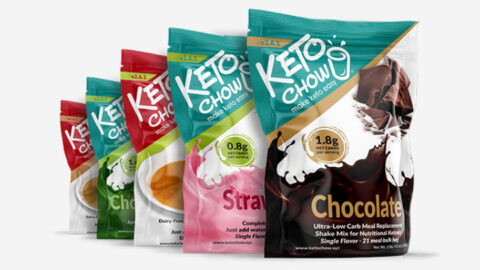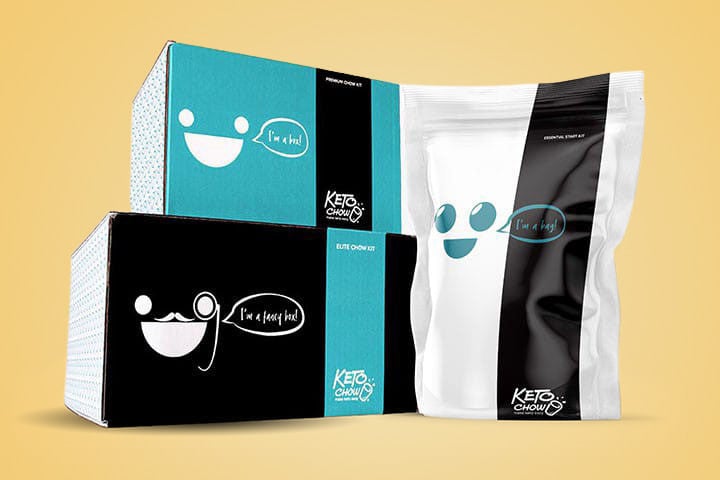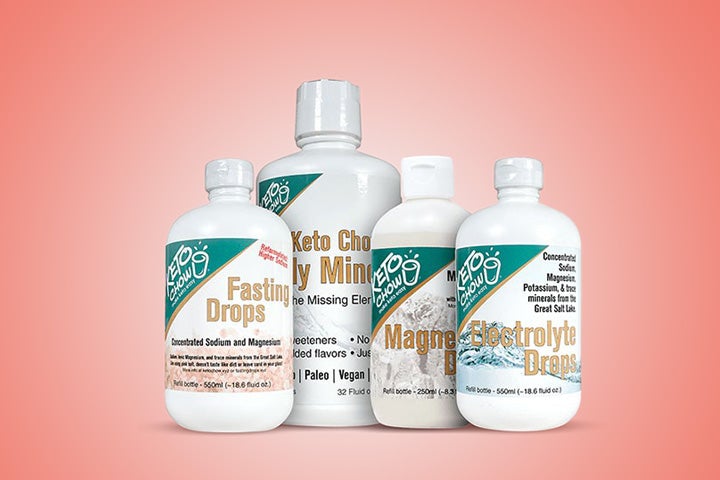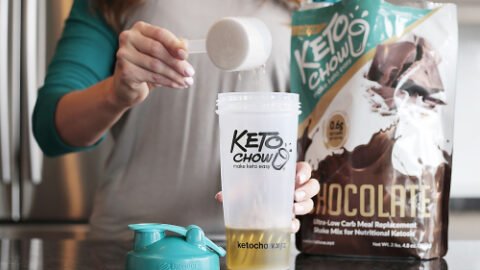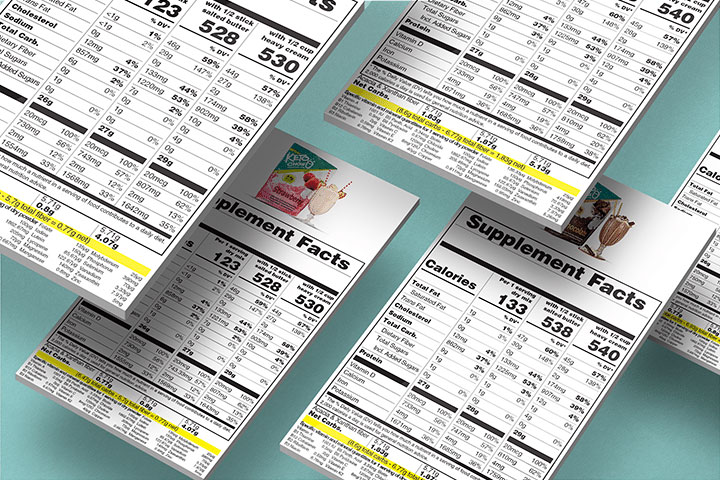The science is clear that keto diets are excellent for weight loss and reversing type 2 diabetes and metabolic syndrome—which are also the three biggest risk factors for fatty liver disease.
Keto diets are sometimes referred to as LCHF – for low-carb, high-fat. So if you have fatty liver disease, surely you can’t eat keto. After all, the very name of the condition – fatty liver – implies that there’s too much fat in your liver, so it’s probably dangerous to eat fat, right? Wrong!
Keto diets have been shown to improve fatty liver and even completely reverse it in some cases. Let’s take a closer look at keto and fatty liver.
What is Fatty Liver Disease?

As the name suggests, it’s a buildup of fat in the liver. There are two types of fatty liver disease: non-alcoholic fatty liver (NAFL) and non-alcoholic steatohepatitis (NASH). In NAFL, there is fat in the liver but liver function is not compromised. NASH is more severe – there is fat in the liver and there’s also inflammation and liver damage.
NASH can progress to fibrosis (scarring) of the liver, and further to cirrhosis – permanent scarring and damage of the liver. Cirrhosis increases risk for liver cancer and can lead to the need for a liver transplant.
In order to differentiate NAFL from fatty liver disease caused by excessive alcohol consumption, it is now often called metabolic dysfunction-associated steatotic liver disease (MASLD). MASLD can progress to MASH – metabolic dysfunction-associated steatohepatitis. “Hepatitis” means inflammation of the liver, and “steato” means from fat. So, steatohepatitis is inflammation of the liver caused by fat.
NAFLD is the most common cause of chronic liver disease in western countries and the incidence has been increasing markedly over the last thirty years.
One important note before we move on. Excessive alcohol consumption is a cause of fatty liver disease, but alcohol-associated liver disease is not the focus of this article. Click here to read about alcohol on keto diets.)
What Causes Fatty Liver?
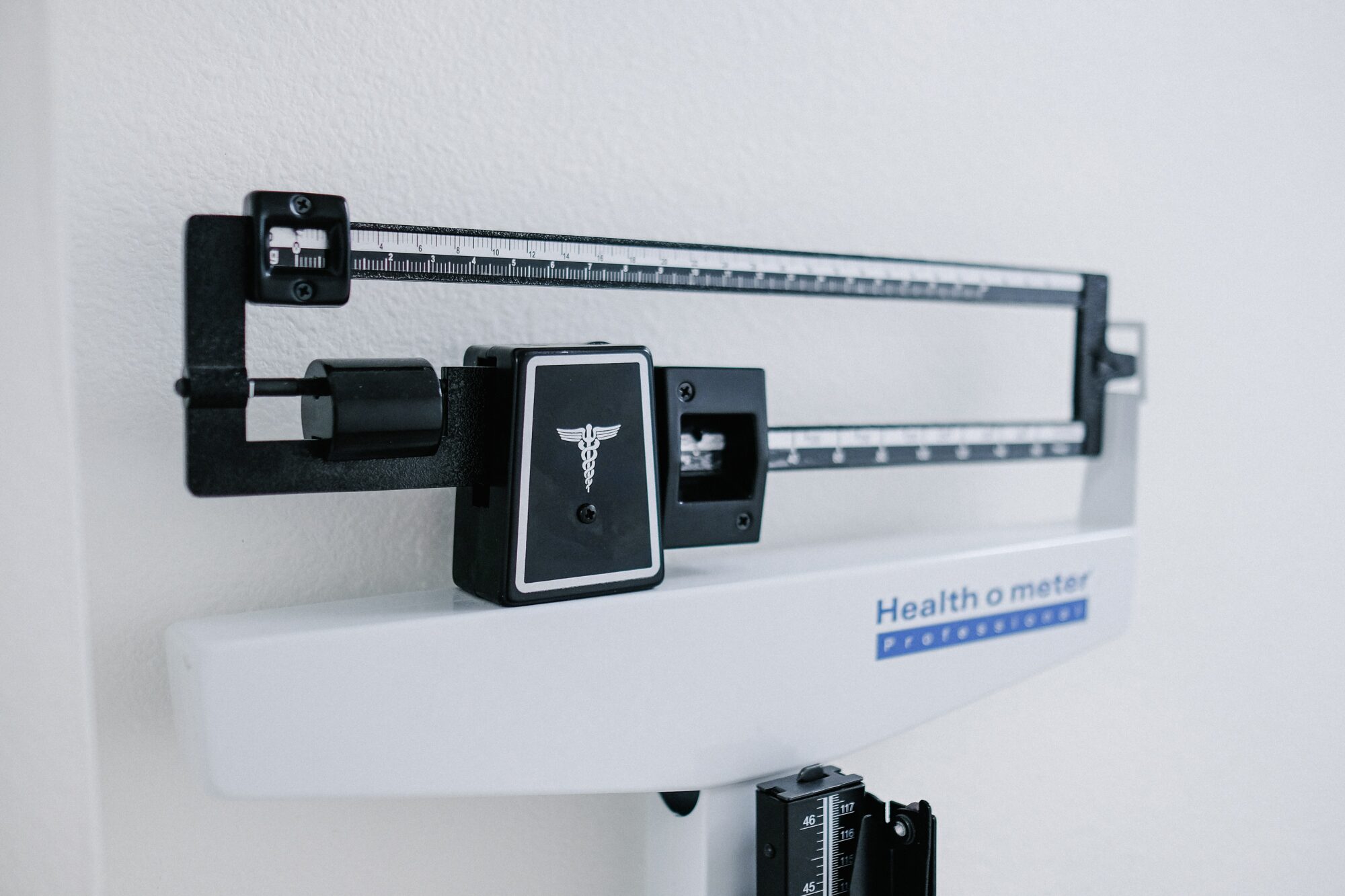
Type 2 diabetes and metabolic syndrome (insulin resistance) top the list of risk factors for NAFLD. Another risk factor is being overweight or obese. Certain medications, toxin exposures, and rare genetic diseases also increase risk. (Genetic factors can increase someone’s propensity for developing NAFLD, but it’s not believed to be a genetic disease.)
Risk factors are not causes, though. It’s unknown for certain what actually causes fat to build up in the liver, but NAFLD results when more fat is deposited and stored in the liver than is leaving it. Fat in the liver may originate from fat in the diet, stored body fat being released, and from a process called de novo lipogenesis, which means “creating new fat.” And what does this new fat get created from? Carbs!
Overconsuming sugars – especially fructose – contributes to the buildup of fat in the liver. Excessive carbohydrate intake – particularly sugar – has been called “a major culprit in liver fat deposition.” Sugar (which is half glucose and half fructose) is believed to be especially problematic because fructose, when consumed in excess, has a greater potential to be converted into fat compared to other kinds of carbohydrate.
Why Does Fat Build Up In The Liver?
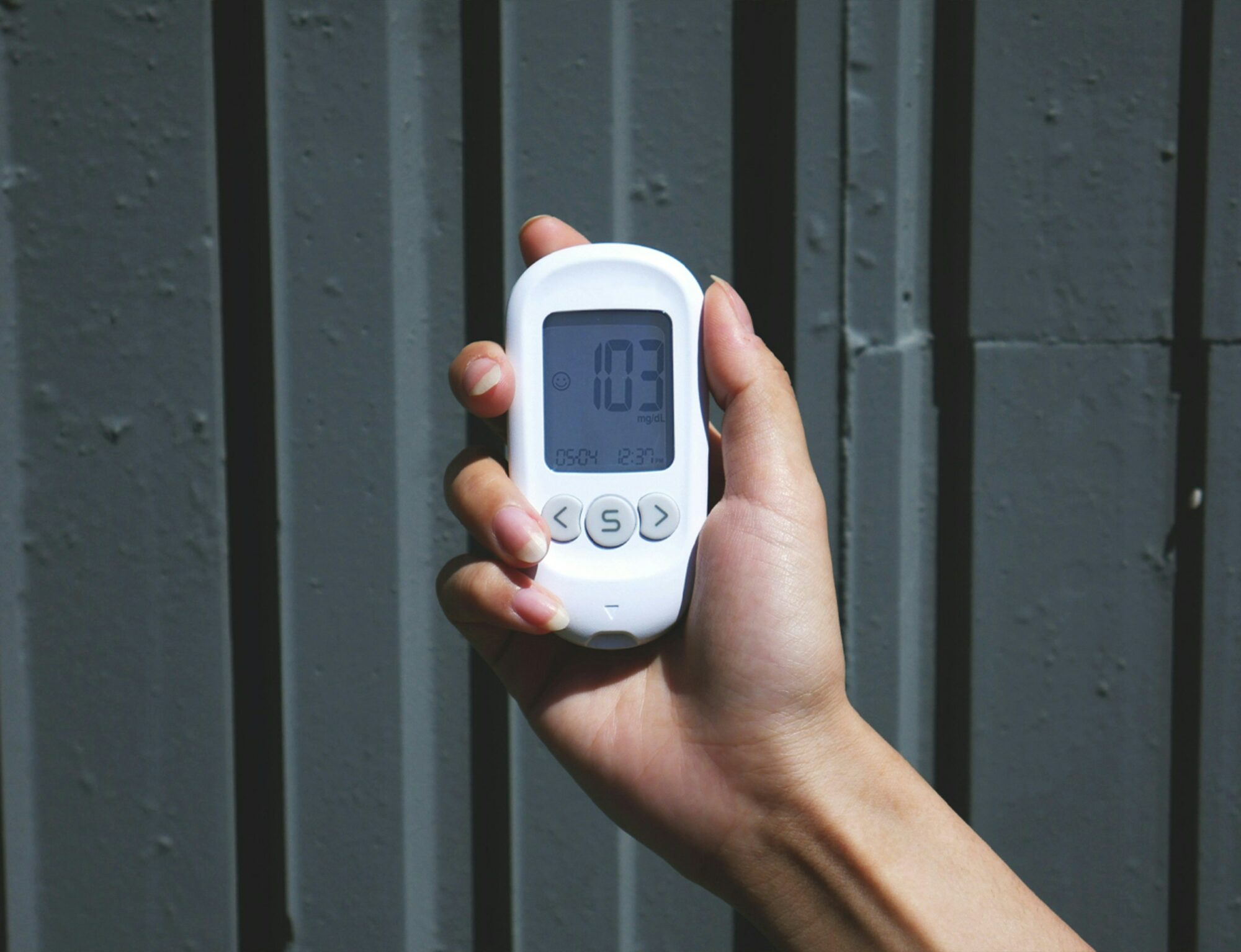
There’s an intriguing concept called the “personal fat threshold” (PFT), which offers a possible explanation. The PFT concept holds that each individual has a body fat threshold – a maximum amount of fat that they can store in their adipose tissue (the normal storage site for body fat).
When this threshold is reached – when someone’s fat storage is at max capacity – then any new fat has to be stored somewhere else. And even though it’s dangerous for excess fat to be stored in muscle cells and in the visceral organs – like the liver – there’s nowhere else for it to go.
The normal body fat storage compartments are supposed to serve as a “buffer” for incoming fat, but when they’re full-up, the fat has to go someplace else. One of the places it will go is into your liver.
The PFT concept also explains why NAFLD (as well as type 2 diabetes and insulin resistance) can develop even in people who are not overweight or obese. (Being overweight is “associated with” fatty liver, but it’s not a cause.) If someone has a low personal fat threshold – meaning that their body just isn’t able to store a lot of fat even when they seem to be overeating – they may well be storing fat; it’s just not being stored where it’s easy to see.
We can see the size of someone’s belly, arms, hips, and thighs. We can’t see how much fat is in their liver.
What are the Tests for Fatty Liver?

Fatty liver is diagnosed through blood tests (liver enzymes, specifically), imaging scans, or a liver biopsy. If liver function tests – AST and ALT – are are elevated, your doctor might recommend more advanced testing. However, liver enzymes can be slightly or temporarily elevated for a number of reasons that are unrelated to fatty liver disease.
Certain medications and supplements can increase liver enzymes, as can intense exercise. So, if you have high liver enzymes, it doesn’t automatically mean there’s a problem. This is why more in-depth screenings are used when warranted.
How Do You Fix Fatty Liver?
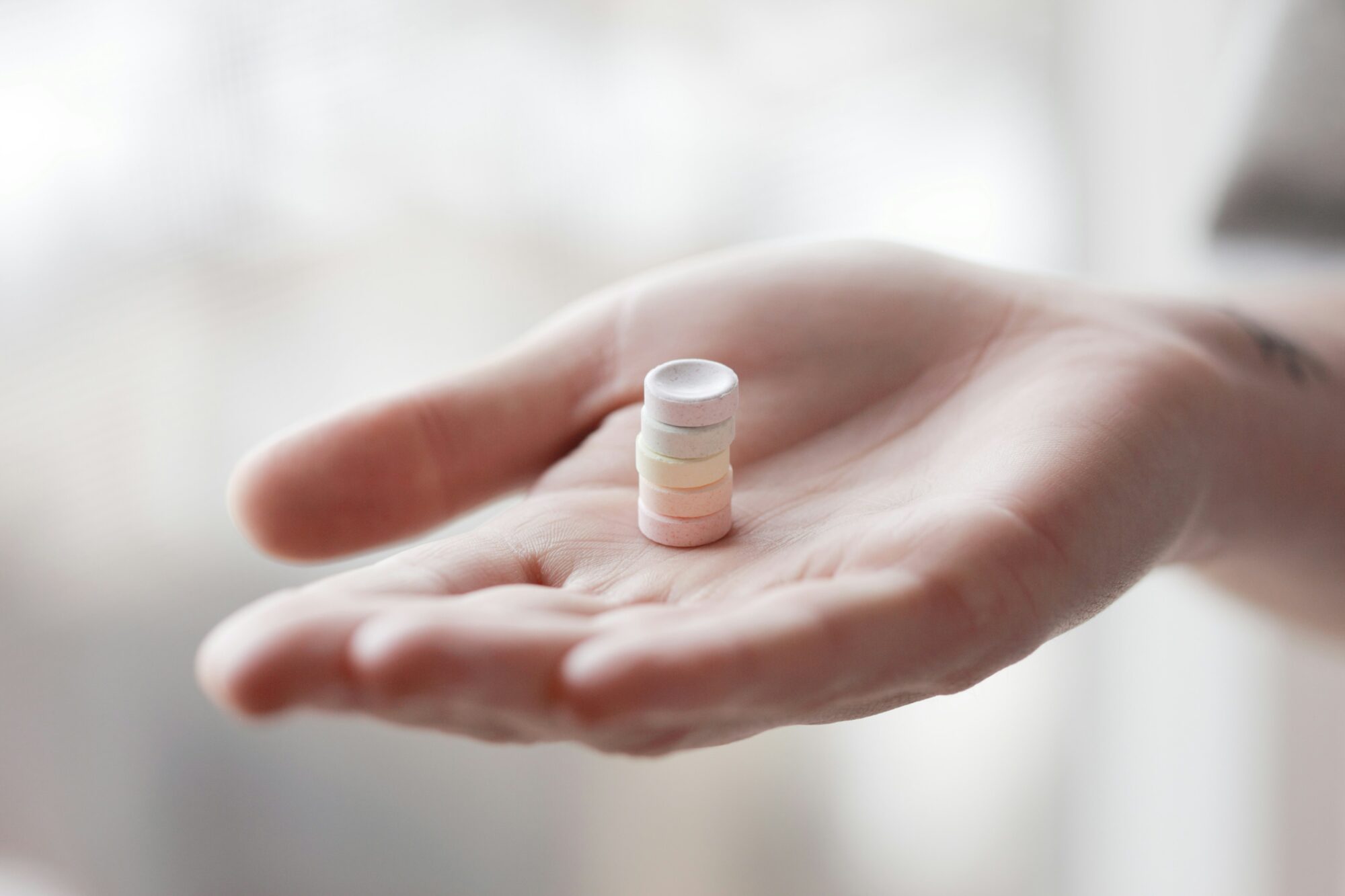
There is only one FDA-approved medication to treat fatty liver, and it is specifically intended for people who have moderate to advanced liver fibrosis but not cirrhosis. Oddly enough, this drug – called resmetirom – comes with a potential side-effect of “drug-induced liver toxicity,” so this hardly seems like an ideal treatment.
Plus, what about people who have less advanced fatty liver and who would not be candidates for this drug? Are there alternative strategies for improving this condition? Ones that don’t come with a risk for damaging the liver even more?
The most common recommendation for improving fatty liver disease is weight loss. And being that type 2 diabetes and metabolic syndrome are major risk factors for developing fatty liver, it stands to reason that improving or reversing those could potentially reduce risk, too.
And we know for sure that keto diets are excellent for weight loss and reversing type 2 diabetes and metabolic syndrome, so keto targets the three biggest risk factors for fatty liver disease.
Conventional dietary recommendations for fatty liver include limiting alcohol, sugar (especially fructose), and also limiting total fat and saturated fat, and eating whole grains, vegetables, and fruit. But what about a keto diet? Can you improve or reverse fatty liver disease without worrying about saturated fat and by avoiding whole grains and most fruits? Let’s see what the research shows.
How Does Keto Help Fatty Liver?
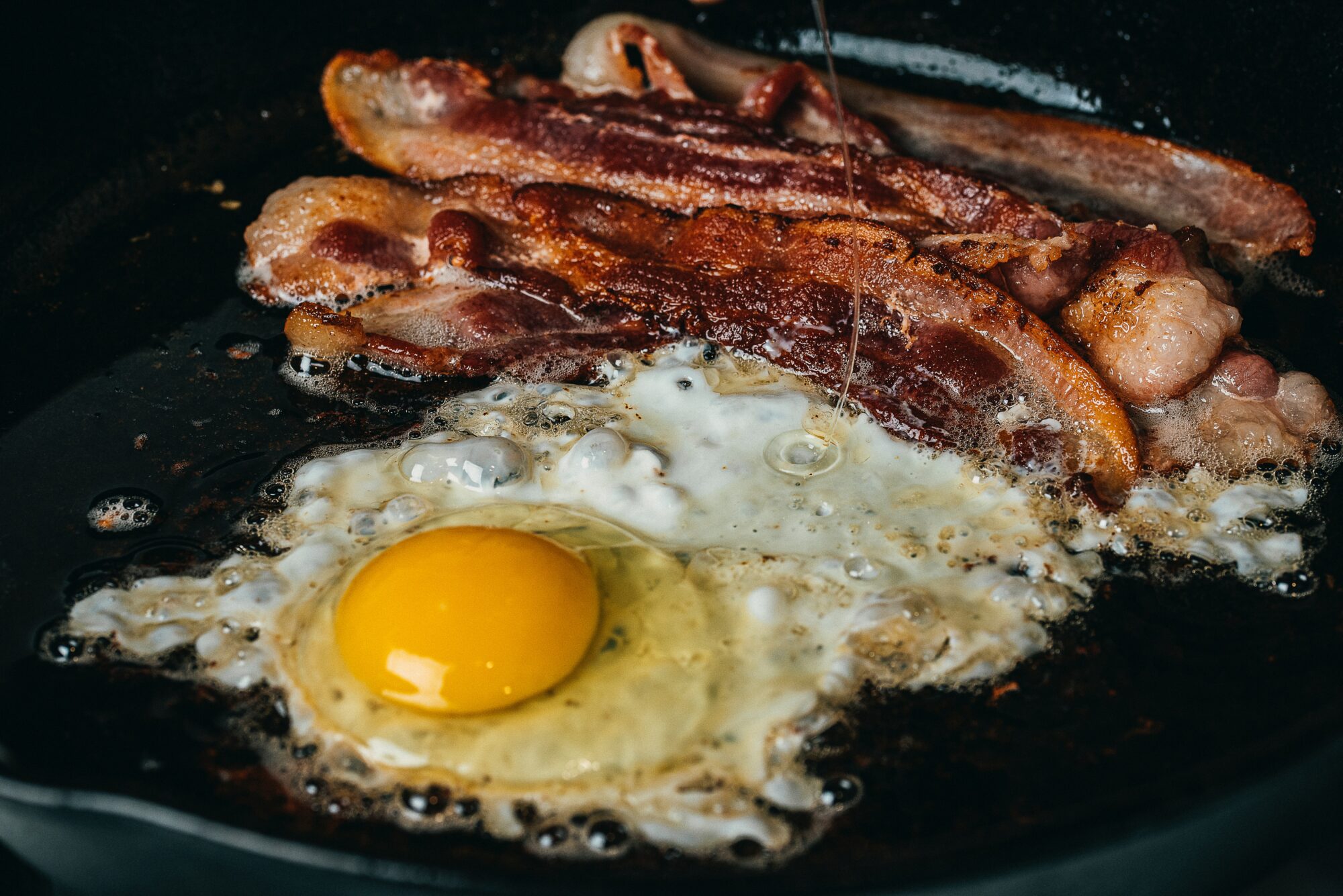
Numerous studies show that keto and low-carb diets help to decrease or normalize liver enzymes and reduce the amount of fat in the liver – in effect reversing fatty liver disease. And this is in addition to facilitating weight loss, decreasing triglycerides, lowering blood pressure and improving blood sugar. These kinds of remarkable results are seen over and over when keto is studied for fatty liver disease.
In a study of men with obesity, metabolic syndrome and NAFLD, following a ketogenic diet for 12 weeks reversed metabolic syndrome in all subjects. With regard to fatty liver, keto led to complete regression of the condition in more than twenty percent of subjects, and more than 92 percent had at least some reduction in liver fat.
And the study diet had a Spanish-Mediterranean bent, so the protocol even allowed for up to ten ounces of red wine daily! Subjects lost a significant amount of weight but were all still classified as obese based on body mass index (BMI).
This is worth pointing out because they no longer met the criteria for metabolic syndrome and had either reversed or greatly improved NAFLD even though they were still carrying excess weight. It might take months or even years for someone to reach their goal weight – but they can say goodbye to fatty liver long before that.
In subjects with obesity and fatty liver disease, a keto diet that was specifically formulated so that they would not lose weight led to “dramatic reductions in liver fat” in all subjects after only 14 days – and get this: the reduction was significant after just one day of eating keto! Here again we see that even though weight loss is recommended for improving fatty liver, big improvements happen from keto even without loss.
Additional Studies
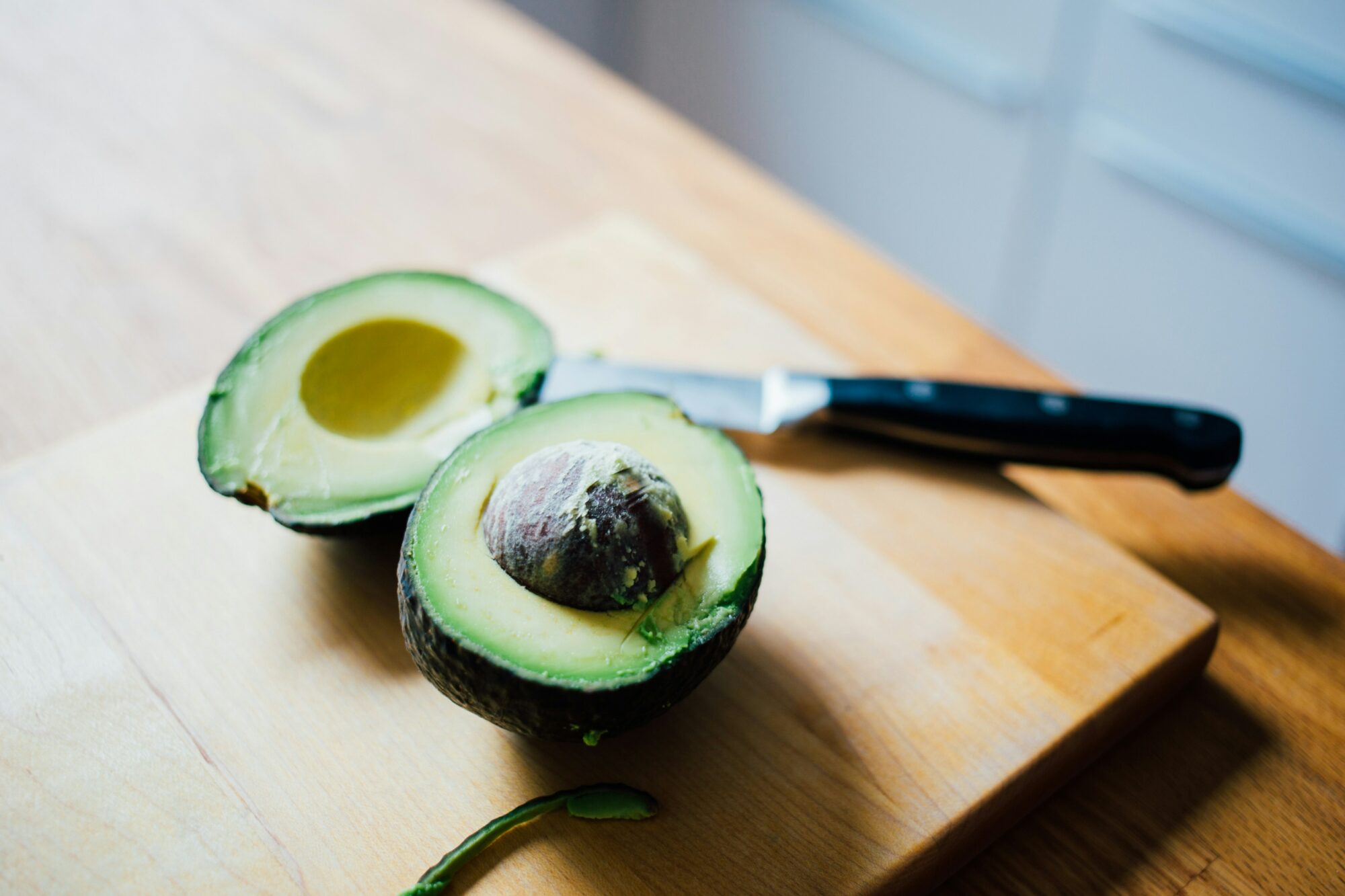
A different study showed that in subjects who were overweight or obese, liver fat decreased by more than 30 percent after only six days on a keto diet, and there were substantial improvements in insulin resistance in this short time, too.
In women with PCOS and liver dysfunction, 12 weeks on a keto diet led to significant weight loss, improvement in measurements of metabolic health, and most importantly, in six out of seven subjects, “the signs of fatty liver disappeared.” (See this article for more on how keto helps PCOS, whether or not fatty liver is also present.)
A study in men and women with obesity and NAFLD showed that keto was effective for reducing liver fat and downgrading people’s diagnosis from more severe to less severe stages of liver steatosis. A study comparing a low-calorie diet to a very low-calorie ketogenic diet in people with obesity showed that keto resulted in much greater decreases in total body weight, visceral fat, and especially liver fat.
For someone living with NAFLD who isn’t ready to jump full-on into a keto diet, there’s evidence that simply reducing fructose intake can lead to significant reductions in liver fat. Does this mean fructose, per se, is harmful? No. People have enjoyed fruit for millennia and even candy and cake for a couple centuries without developing fatty liver disease.
It’s when sugar (with its fructose component) is consumed in excess that it can become a problem. (A hundred years ago, a juice glass was five ounces – not twenty ounces with free refills!)
Bottom Line

Keto diets are effective for reversing non-alcoholic fatty liver disease, and the condition can start to improve within only a few days of ditching carbs. If you have NAFLD (or MAFLD) and alcohol is a regular part of your life, cut back on how much and how often you imbibe, although research indicates that you can enjoy a small amount of alcohol and still reverse NAFLD.
And if you’re not ready to jump on the keto bandwagon, just cutting out sweets – especially liquid sugar, like juice and sugar-sweetened drinks – would be a great start.
Looking for a low-carb meal?
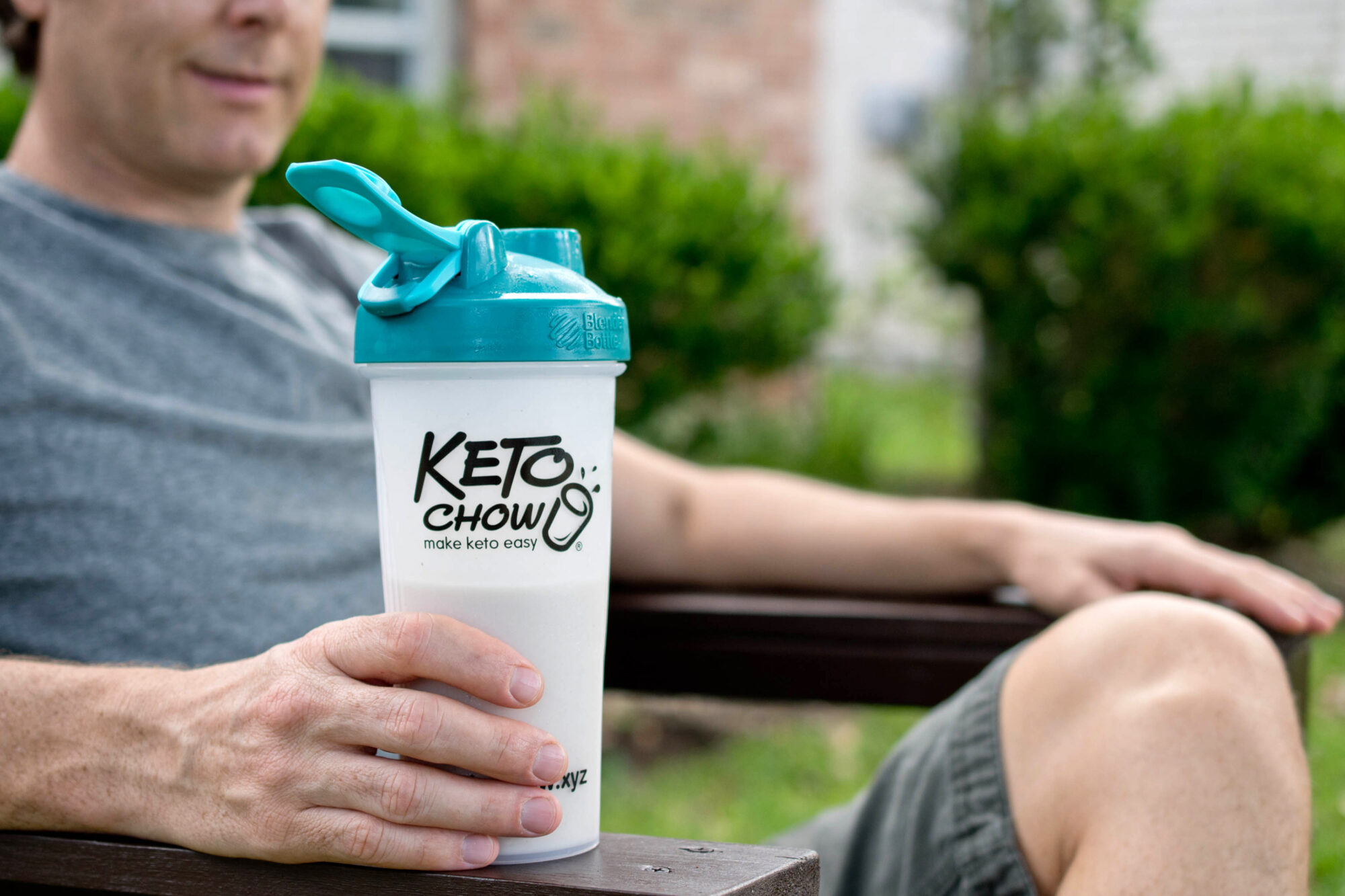
Especially one that tastes like dessert? Then check out Keto Chow! Keto Chow is a meal shake with 1/3 of your daily recommended nutrients. It comes in over 25 delicious flavors, and it can be made in seconds.
